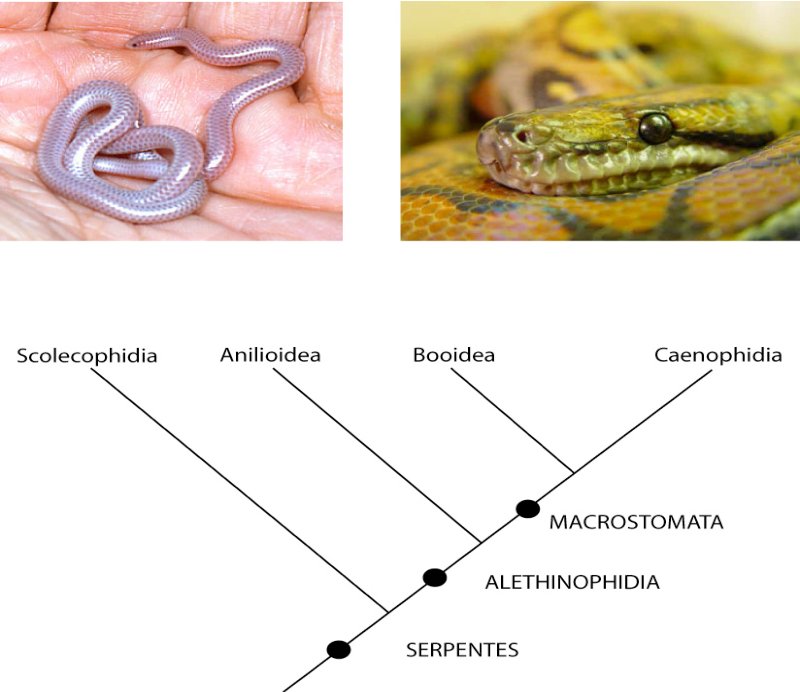
The story of snake evolution is like a gripping novel, filled with twists and turns that span millions of years. It’s a tale of survival, adaptation, and change. From ancient ancestors that roamed the Earth to the diverse species we have today, the evolutionary history of the snake is both complex and intriguing. So grab a cup of coffee, and let’s dive into this captivating journey!
Ancient Origins: What Came Before Snakes?
To understand the evolutionary history of snakes, we have to take a step back and look at their ancestors. Snakes belong to the suborder *Serpentes*, which is part of the larger order *Squamata*, including lizards. Believe it or not, snakes and lizards share a common ancestor that dates back around 200 million years!
This ancestor was similar to modern lizards but started evolving into what we now recognize as snakes. Early on, certain species began adapting to their environments in ways that gradually reduced their limbs. You might be wondering, why would they give up their legs? The answer lies in adaptation. As these early reptiles began exploring new niches, being legless allowed them to move more efficiently through the vegetation and hunt for prey.
The First Snakes: From Land to Water
The transition to leglessness opened up new avenues for survival. The first true snakes appeared around 100 million years ago during the Cretaceous period. These early snakes, like the *Pachyrhachis*, were semi-aquatic and still had small, vestigial limbs. Picture a snake that could swim as easily as it could slither on land—pretty neat, right?
These ancient snakes were able to thrive in both terrestrial and aquatic habitats. Their elongated bodies and flexible spines were perfect for navigating through water and squeezing into small spaces in search of food. As time passed, the traits that made them successful continued to evolve, leading to a variety of adaptations that would help them dominate numerous ecosystems.
Fossil Evidence: Piecing Together the Puzzle
Fossils provide a window into the past, revealing how snakes evolved over millions of years. One of the most important discoveries is the fossil of *Tetrapodophis*, a snake that lived around 113 million years ago. This remarkable find shows a snake with tiny legs—proof that snakes once had limbs!
Fossils have also shown us how snakes changed in size and shape over time. Some species evolved to become larger, like the *Titanoboa*, which was a massive snake that lived around 60 million years ago and could grow over 40 feet long! Others adapted to their environments and became smaller or developed unique features, like the ability to glide or change color for better camouflage. The fossil record helps scientists piece together this evolutionary journey, making it an essential aspect of understanding snake history.
Modern Snakes: A World of Diversity
Fast forward to today, and snakes have diversified into over 3,000 species, each with its own unique adaptations and behaviors. From the tiny, harmless *Threadsnake* to the formidable *King Cobra*, snakes inhabit almost every corner of the globe, except for the coldest regions.
You might be surprised to learn that snakes come in a variety of forms, colors, and sizes. Some, like the *Garter Snake*, are commonly found in gardens, while others prefer dense rainforests or arid deserts. Their impressive range of adaptations makes them truly fascinating. Some species, like the *Green Tree Python*, have even developed the ability to change color for camouflage, blending seamlessly into their surroundings.
Survival Strategies: How Snakes Hunt and Avoid Being Hunted
As you might expect, survival in the wild can be tough. Snakes have developed a range of strategies to hunt for food and avoid predators. Some, like the *Boa Constrictor*, rely on their strength to squeeze prey until it can’t breathe, while others, like the *Sidewinder Rattlesnake*, use speed and agility to catch their meals.
Snakes also employ clever tactics to stay safe. Many use camouflage to blend in with their environment, while others have developed venom to subdue prey or deter predators. A good example is the *Eastern Diamondback Rattlesnake*, which uses its distinctive pattern and rattle as a warning signal to would-be attackers. These survival strategies are a testament to their successful evolution over millions of years.
Human Interaction: Snakes in Culture and Conservation
Snakes have woven themselves into human culture for centuries. In some cultures, they symbolize knowledge and power, while others see them as a threat. Honestly, it’s a mixed bag. On one hand, they play essential roles in ecosystems by controlling pest populations, while on the other, misconceptions about their dangers have led to fear and persecution.
Conservation efforts are crucial, as many snake species face threats from habitat destruction, climate change, and hunting. Protecting these incredible creatures and their habitats is essential for maintaining ecological balance. After all, they’ve been on this planet for a long time, and it’s our responsibility to ensure their future.
The Future of Snakes: Adaptation and Survival
As we look ahead, the future for snakes will depend on their ability to adapt to changing environments. Climate change, habitat loss, and pollution pose significant threats. However, snakes have proven to be resilient creatures throughout their long history. Their remarkable ability to adapt is likely to play a crucial role in how they face these challenges.
Understanding the evolutionary history of snakes gives us valuable insight into their past and present. It highlights the importance of preserving not only snakes but also the ecosystems they inhabit. After all, every creature, no matter how small or seemingly insignificant, plays a role in our planet’s intricate web of life.
In conclusion, the evolutionary history of the snake is a captivating journey through time. From their ancient ancestors to the diverse species we see today, snakes showcase nature’s remarkable ability to adapt and thrive. So, the next time you see a snake, take a moment to appreciate the incredible story behind this legless marvel!

